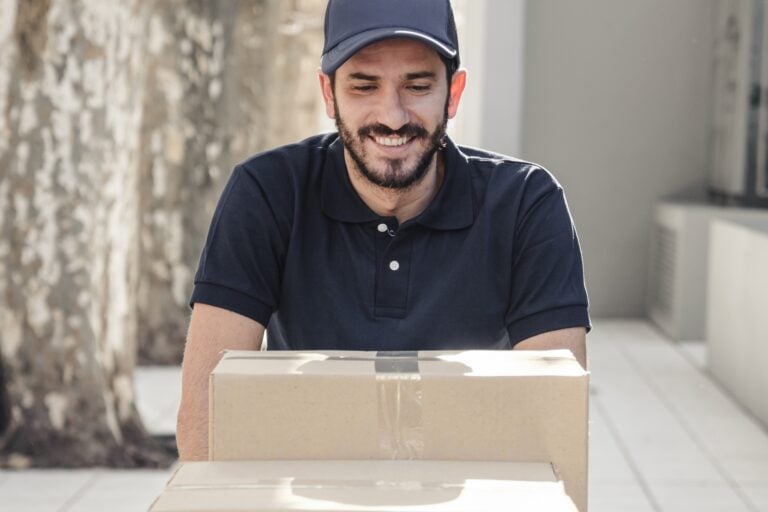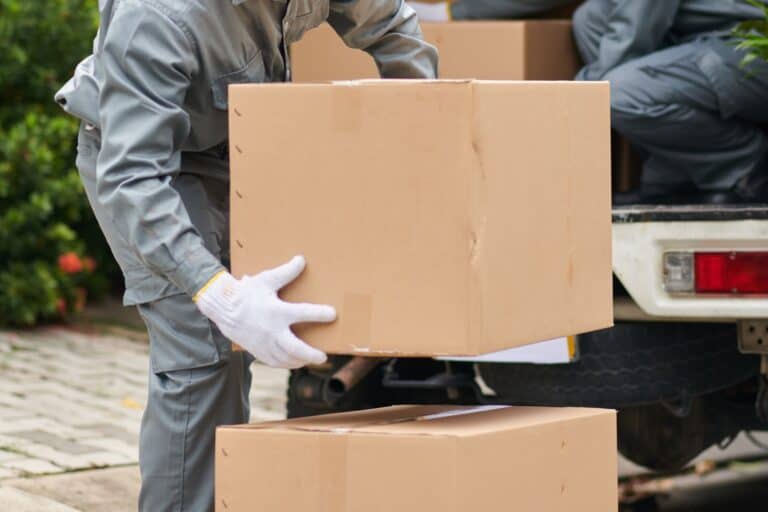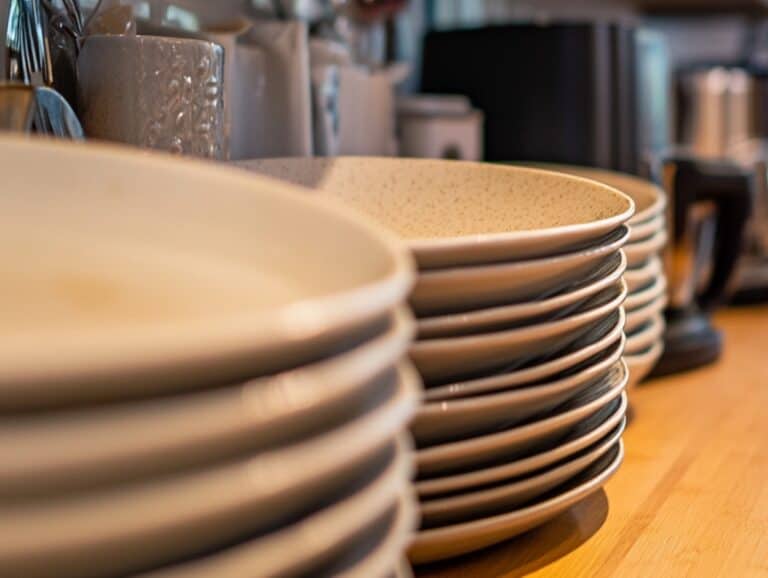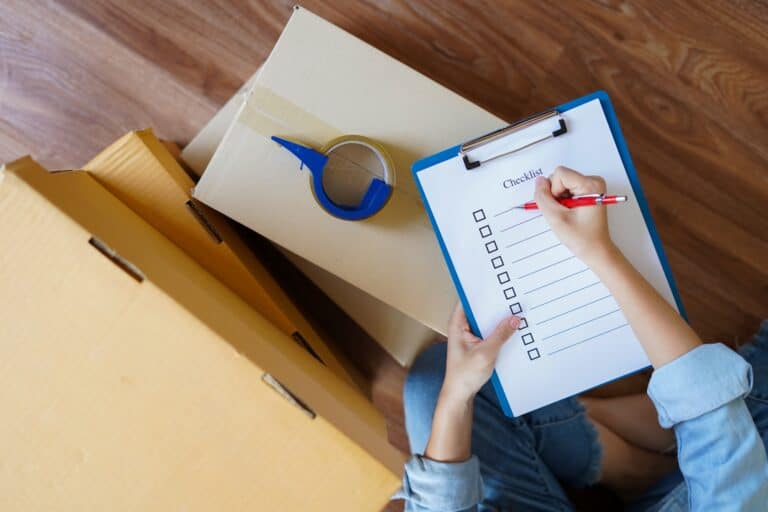How can you learn how to move valuable and fragile items safely when moving house? This comprehensive guide outlines the best practices for packing, transporting, and unpacking your delicate belongings with ease. Discover how to choose the right materials, such as bubble wrap and packing paper, label boxes for safety, and protect your valuables every step of the way. With these expert tips, ensure your fragile and valuable possessions arrive at your new home in perfect condition.
Key Takeaways
- Use essential packing supplies such as bubble wrap, packing paper, sturdy boxes, and packing tape to ensure the safety of fragile items during the move and protect them from potential damage.
- Create a detailed inventory list to track fragile items, verify their condition before and after the move, and assist in insurance claims if necessary, providing peace of mind throughout the moving process.
- Clearly label all boxes containing fragile items with ‘Fragile’ or ‘Handle with Care’ and consider hiring professional moving services for the secure handling and transport of valuable possessions, ensuring they are treated with the utmost care.
Preparing an Inventory List
An inventory list is essential for tracking fragile items during the move. Documenting the contents and number of boxes helps ensure all valuables are accounted for. The inventory list also aids in determining insurance coverage and serves as a reference if items are lost or damaged.
Knowing the value and quantity of your delicate items helps plan their packing. At your new home, use the inventory list to verify each fragile item during unpacking. This step ensures nothing is missing and allows immediate damage inspection, providing peace of mind and efficiency.
Essential Packing Supplies for Fragile Items
Packing fragile items requires the right supplies. Begin with bubble wrap, packing paper, and sturdy boxes to cushion and protect your delicate belongings during transit. High-quality packing supplies, such as sturdy boxes designed for fragile items, offer better shock absorption and minimise damage risks. Investing in good quality packing materials enhances protection for your delicate belongings.
In addition, using the right packing material is essential for ensuring that your items remain safe during transit. Specialised boxes, like dish packs for glassware and china, further reduce breakage risks. Choosing appropriate packing materials can significantly protect your valuables during the move.
How to Pack Fragile Items Properly
Proper packing of fragile items and packing delicate items ensures safe arrival. Specific steps and careful planning reduce the risk of damage during relocation. Use quality packing materials and secure methods for valuables. A careful approach ensures your irreplaceable items are well protected during the move.
Wrapping Each Item Individually
Wrap each fragile item individually to prevent damage. Use bubble wrap or packing paper for delicate items, ensuring no surfaces are exposed, and secure with packing tape. Bubble wrap offers excellent cushioning, absorbing shocks and preventing breakage. For glass items, use multiple layers inside and outside for added protection. This method ensures individual protection, reducing damage risk during transit.
Using Quality Packing Materials
Choose appropriate packing materials for fragile items. Use packing paper as the initial cushioning layer and anti-static bubble wrap for electronics to prevent static and impacts. Use moving boxes of various sizes to pack heavy and light items safely. Ensure sufficient cushioning between items and fill gaps to minimise movement, ensuring safe transport of your fragile belongings.
Filling Empty Spaces in Boxes
Prevent fragile items from moving during transit by filling empty spaces in boxes. Cushion the bottoms with packing peanuts or crumpled paper for added safety. Fill gaps with crumpled packing paper or peanuts to prevent movement inside boxes. High-quality packing materials keep items secure and stationary during the move, ensuring safe transport.
RECOMMENDATION
To ensure your fragile items arrive safely at your new home, always use high-quality packing materials and wrap each item individually with bubble wrap or packing paper. Fill any empty spaces in boxes with cushioning materials like packing peanuts or crumpled paper to minimise movement and provide extra protection during transit.
Special Considerations for Different Types of Fragile Items
Special considerations are needed for transporting different types of fragile items. Specialised containers and crates offer heightened protection for high-value belongings. Ensure your moving company provides these for extra safety.
Label boxes to indicate fragile contents and ensure careful handling. Delicate glassware and delicate or antique furniture need special attention to better protect your breakable items during the move.
Packing Glassware and China
Use specialised boxes like dish packs for glassware and china to minimise breakage. Wrap each piece individually with bubble wrap or packing paper and fill the insides of hollow items with crumpled paper for support. Wrap dishes in packing paper and stack them upright in boxes to reduce damage risk. Fill empty spaces with packing peanuts or crumpled paper to prevent shifting, and label boxes as ‘Fragile’.
Protecting Electronics
Original product packaging provides optimal protection for electronics. Before packing, back up data, remove batteries and accessories, and use the original packaging if possible. If the original packaging isn’t available, use a similar-sized box with ample padding to protect electronics against shocks and impacts during the move.
Securing Antique Furniture
Use furniture blankets to protect delicate pieces from scratches and dents. Wrap large items with furniture blankets or bubble wrap and secure them tightly with tape. Use straps to secure furniture in the moving truck, preventing movement and ensuring your antique furniture remains stationary and protected during transit.
Organising Jewellery for Packing
When preparing to move jewellery, using jewellery boxes or sealable bags is essential to prevent tangling and damage. These containers keep your precious items secure and organised during transit. It’s important to keep each piece in separate compartments, ensuring that necklaces, bracelets, and other delicate items remain untangled and protected from scratches.
For additional safety, consider using small pouches or wrapping individual pieces in tissue paper before placing them in their designated compartments. This extra layer of protection can help safeguard your valuables. When organising small valuables like watches and rings, utilise padded compartments or small bags to prevent them from shifting. This method not only keeps your items safe but also makes unpacking at your new home more efficient.
Packing Small Valuables
To ensure the safe transport of small valuables, wrap each item individually with bubble wrap or packing paper. This careful packing process provides cushioning and shock absorption, reducing the risk of damage. Once wrapped, place these items in sturdy, small boxes for extra protection. These boxes should be of good quality packing materials to withstand the rigours of moving.
When packing these small boxes within a larger box, add extra padding such as packing peanuts or crumpled packing paper to fill empty spaces. This prevents movement and provides a protective layer around your valuables. By organising and packing your small valuables with care, you can ensure they arrive at your new home in perfect condition.
Keeping Valuables Safe When Moving
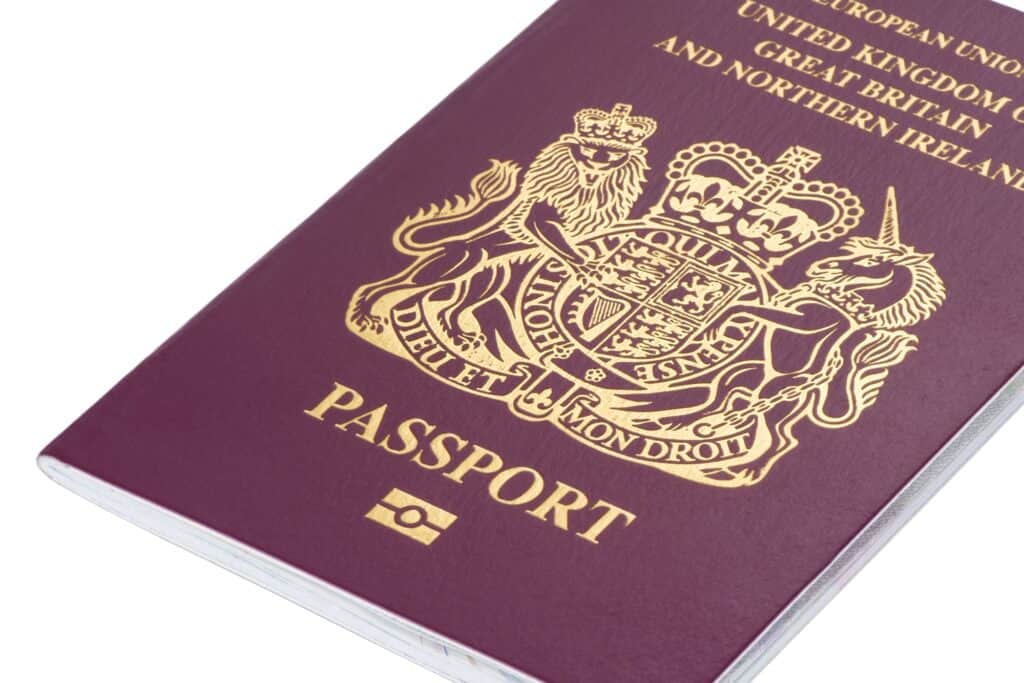
When moving house, ensuring the safety of your valuable documents and possessions is crucial. Proper organisation and the right packing materials can prevent loss or damage, offering peace of mind during the moving process.
Organising Important Documents Before Moving
Organising important documents before moving is crucial to avoid confusion, loss, and stress on moving days. Start by compiling a list of essential documents to gather, such as personal identification (passport, birth certificate, etc.), property-related documents (mortgage papers and lease agreements), medical and insurance records, financial documents (bank statements and tax records), vehicle-related documents, and school records if applicable.
Supplies You’ll Need
To effectively organise and protect these documents, use a ring binder with plastic sleeves or a portable file box to categorise them. A pen and permanent marker will help you label each section clearly. For safeguarding your most critical documents, like passports and birth certificates, consider specialised packaging such as board-backed envelopes. In addition, use clear, airtight plastic bags or waterproof pouches for added protection during transport, ensuring your valuable documents remain safe and intact.
Labelling and Organising Packed Boxes
Clearly label boxes with their contents and mark them as ‘Fragile’ or ‘Handle with Care’ to alert movers for extra caution. Clear labels help quickly identify box contents, speeding up unpacking. Labelling boxes on multiple sides allows easy identification without repositioning. Coloured stickers for different categories enhance visual sorting and identification, helping organise and quickly locate fragile items during unpacking.
Transporting Fragile Items Safely
Notify your moving company about boxes with fragile items for proper handling. An organised inventory aids smoother communication regarding these items. Smaller boxes for heavy fragile items are easier to manage and reduce movement. Thicker, sturdier boxes are essential for protecting fragile items during transport.
Loading the Moving Truck
Place heavier objects at the bottom and lighter ones on top to maintain stability and avoid crushing lighter items. Plan the layout of the moving truck to secure and safely place fragile items. Properly loading the truck is crucial for protecting these items during transport.
Using Professional Moving Services
Professional movers ensure the safe and secure transport of your fragile possessions, possessing the necessary skills and equipment for handling delicate items. If unsure about packing valuables, consider professional packing services for peace of mind and to ensure precious items are well-protected during the move.
Safeguarding Your Documents
When moving house, it’s vital to ensure the safety of your important documents. Always keep your essential documents with you during the move, rather than entrusting them to the removal company. Transport them in your vehicle or in a designated secure bag to prevent loss or damage.
Always keep your essential documents with you during the move, rather than entrusting them to the removal company.
Before the move, make photocopies of crucial documents such as identification, medical, and financial papers. Store these copies separately for easy access in case the originals are misplaced. Additionally, scan and store digital backups of your documents. Ensure these digital copies are password-protected for extra security and consider using cloud storage or encrypted USB drives for safe and convenient access.
Upon arrival at your new home, designate a secure and organised spot for storing these documents. Avoid placing them in areas prone to damage, such as attics or basements. By following these steps, you can ensure your valuable documents remain safe and accessible throughout the moving process.
Unpacking Fragile Items at Your New Home
Prioritise clearly labelled boxes containing fragile items during unpacking to ensure careful handling. Label boxes clearly with their contents and prioritise fragile items to avoid damage. Check each valuable item against your inventory list as you unpack and inspect for damage. If damage is found, the inventory list and valuation will help address issues promptly.
Importance of Insurance Coverage
Insurance for valuable items provides financial protection against loss or damage during the move. Verify with your moving company or insurance provider that your belongings are adequately covered. If a valuable item is damaged during the move, file a claim immediately with the moving company or your insurance provider. An inventory and photographs of your items can support the claims.
Summary
Moving fragile and valuable items can be a daunting task, but with the right preparation and careful packing, it can be done safely. From gathering essential packing supplies to creating a detailed inventory list, each step plays a crucial role in ensuring the safety of your delicate items. By wrapping each item individually, using quality packing materials, and filling empty spaces in boxes, you can reduce the risk of damage during transit.
Special considerations for different types of fragile items, such as glassware, electronics, and antique furniture, help provide extra protection. Labelling and organising packed boxes, properly loading the moving truck, and considering professional moving services further enhance the safety of your move. Finally, prioritising the unpacking process and having adequate insurance coverage ensures that your valuable items are well-protected from start to finish. Follow these tips, and you can move your fragile items with confidence and peace of mind.
Frequently Asked Questions
Why is it important to label boxes containing fragile items?
Labelling boxes with ‘Fragile’ or ‘Handle with Care’ is crucial as it instructs handlers to exercise extra caution, thereby reducing the risk of damage to sensitive items. This proactive measure contributes significantly to safe transportation.
What should you do if a valuable item gets damaged during the move?
If a valuable item gets damaged during the move, it is crucial to file a claim with the moving company or your insurance provider without delay. Supporting your claim with an inventory and photographs taken before the move will strengthen your case.
How can you keep track of delicate items during a move?
To effectively keep track of delicate items during a move, create an inventory list that documents the contents of each box along with the total number of boxes containing these fragile items. This organised approach ensures that nothing is overlooked or damaged during the moving process.
What is the best way to pack electronics?
The best way to pack electronics is to use their original packaging or a similarly sized box, ensuring ample padding for protection. This method helps safeguard your devices during transport.
What should you do after arriving at your new home with valuable items?
Upon arriving at your new home, it is essential to use your inventory list to check each valuable item while unpacking and inspect it for any damage. This will help ensure all items are accounted for and in good condition.

